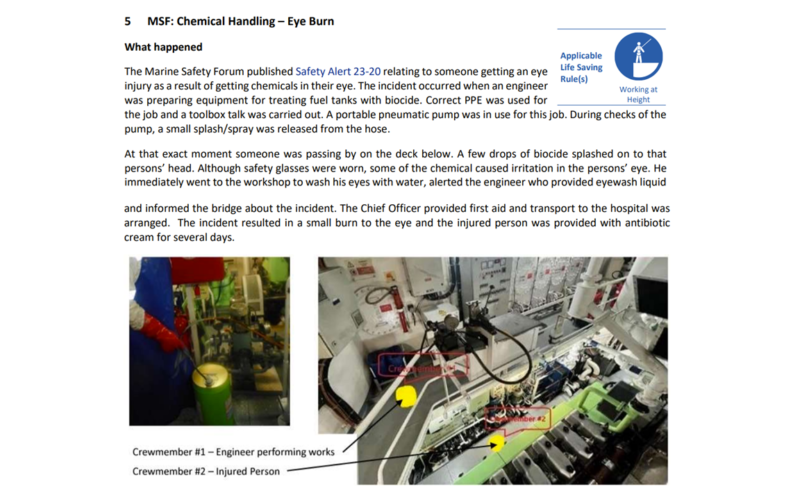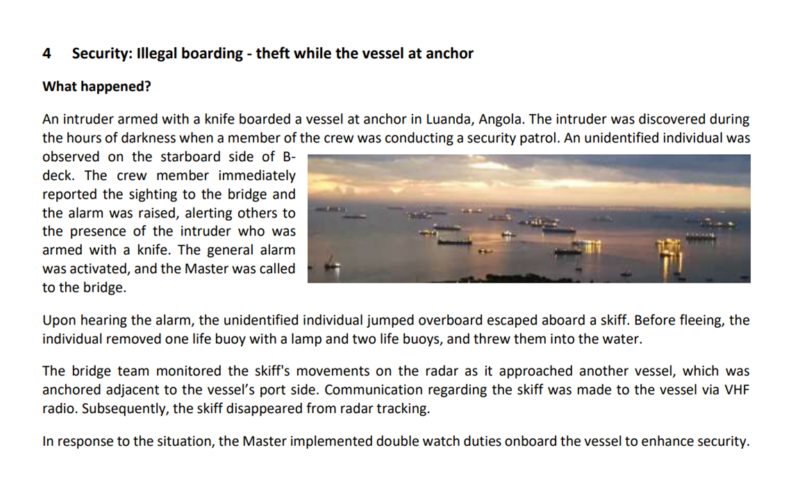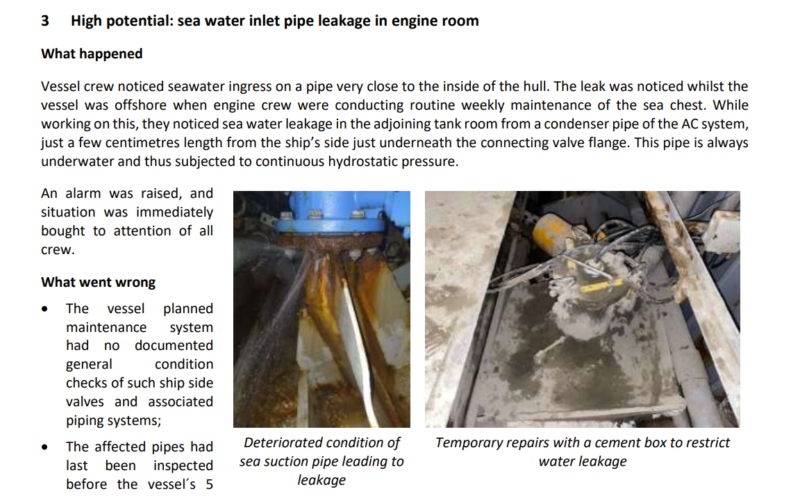Cause & Consequence
- Moving, flying or falling object
Incident Location
Any Location Type
Incident Activity
Any Activity Type
Incident Info Source
Step change in safety
Specific Incident Equipment
ESDV Actuator
Lessons Identified
1.The design of the actuator sleeve nut/tie rod assembly does not allow internal corrosion to be detected or assessed and therefore the ITM processes did not identify the presence or severity of the corrosion; Recognition of stored energy devices such as spring as SCEs in their own rightPost incident evidence suggests that the failure mechanism was internal corrosion of the retaining sleeve/tie rod arrangement. This corrosion allowed the end plate to detach. The sleeve nut consists of a 400mm length of 20mm diameter x 6mm thick tube which has a bolt welded at one end and an internal thread at the other. The sleeve nut goes through holes in the actuator end plate and a screwed tie rod attaches the anchor plate to the sleeve nut.”
Incident Recommendations
1.Identify similar actuators and hazards
2.Make safe whilst long term solution is engineered and implemented 3.Ensure the risk from stored energy within equipment and devices is identified on all assets: 4.Review any measures that need to be put in place to effectively manage the risks from stored energy devices and develop a plan to implement these measures.These measures include ITM, verification and adequate recording and reporting as appropriate 5.Determine and conduct an FMEA on identified stored energy devices Prepare and conduct awareness training on stored energy in devices in SNS
Rate this alert
Average Rating
Latest Alerts & Moments
Our searchable catalogue of hundreds of Safety Alerts and Safety Moments are all designed as learning resources that can help improve workplace safety.


